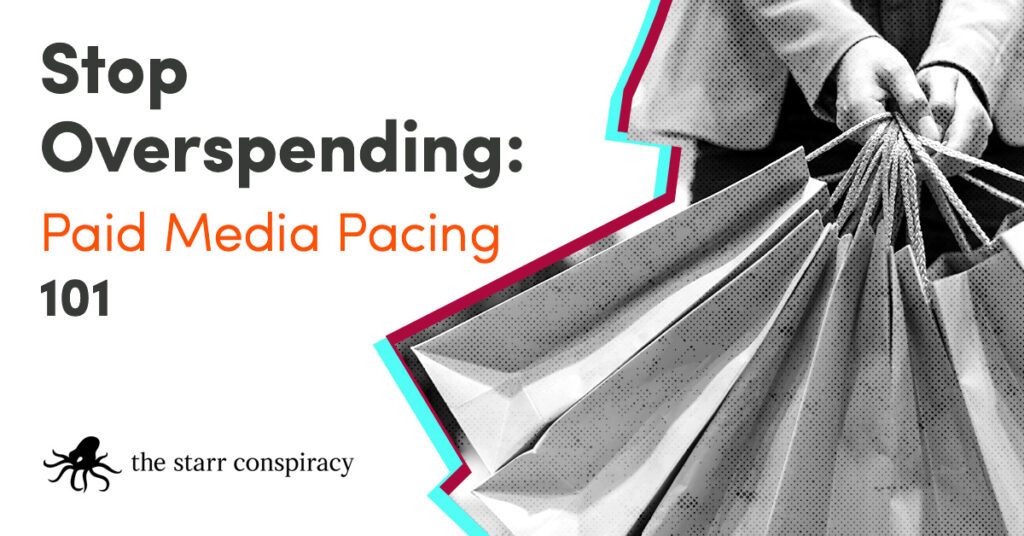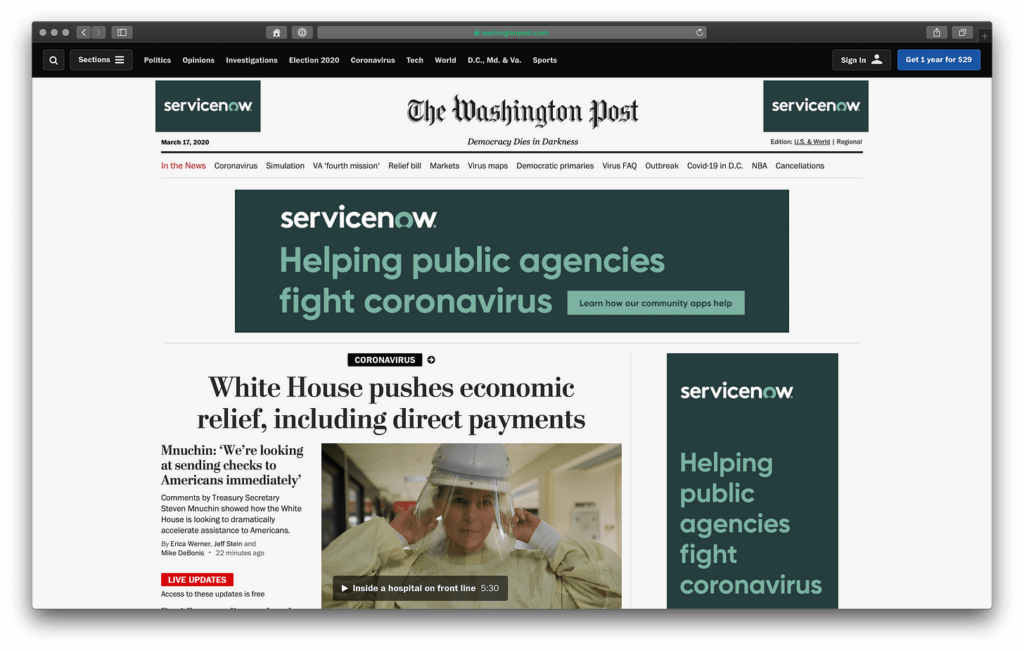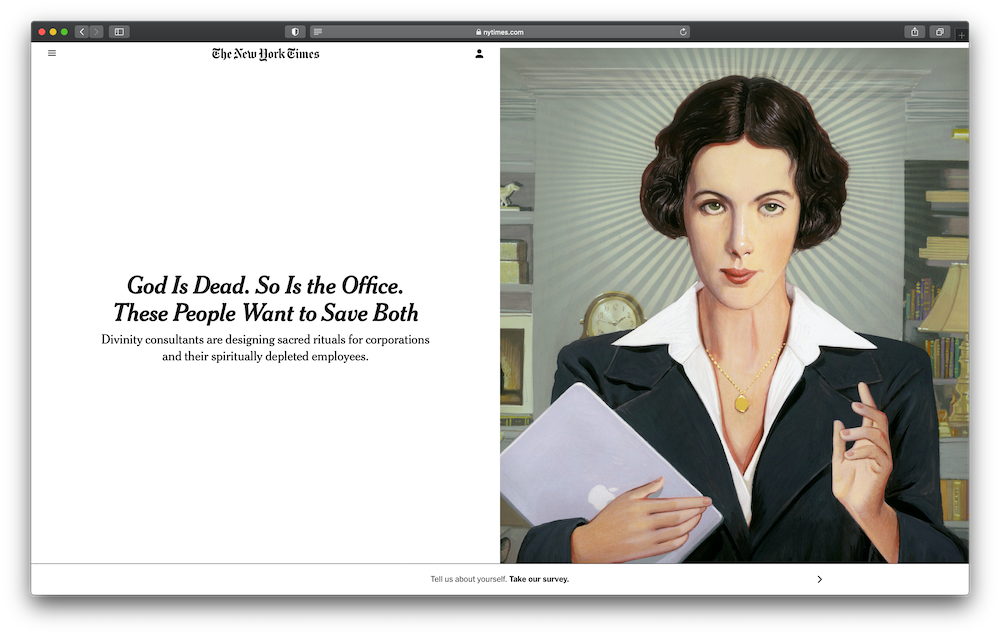A few years ago we collected as many sources as we could find on important themes affecting Work Tech. Having found this recently in our internal library, I thought I’d share it with you all, as many of the themes are still present today. These themes and trends make it difficult for many leaders to understand how to communicate in a fractionalized, polarized world. We offer a few tips at the bottom.
By the way, many of these reports are updated annually — Google the titles and you’ll likely find the latest edition.
Below are major trends we’re seeing in work tech with summary points beneath each resource.
The question for the twenty-first century is this: How can business maximize human flourishing while minimizing human flaws? One can answer this question in several ways.
The future now of work
This is obviously a broad topic, but there are many overarching themes you can pull from these reports. In short, the long-awaited “future” of work finally arrived.
- Predictions 2020, Josh Bersin
- Employee experience is king, but we must organize our technology around what employees actually need (duh).
- Untangling the HR Tech Market in 2020, Josh Bersin
- CEOs and employees feel anxious and stressed. Learning, skills, and the employee experience will be key to success in the future.
- HCM Trends 2020, Deloitte
- The social enterprise at work: The future of work is here, and it demands leaders to embrace the social connections within and without workplaces.
- Millennial Survey 2020, Deloitte
- Society and work are changing dramatically and rapidly, and institutions are struggling to improve their reputations among young workers.
- The Future of Work Starts Now, Forrester (2020)
- The future of work just got real. Four shocks will shake your workforce decisions (systemic risk, rising robots, a tsunami of employee data, and expanding employee power). Listen, link, and lead your way forward.
- 9 Post-COVID Trends, Gartner
- There’s more employee data, employees want employers to be a greater social net, critical skills are no longer synonymous with roles, and more.
- Tech at Work, PwC (2018)
- You want better results from tech investments and your people have an answer: Involve them more in the process. That may mean a new mindset and approach.
- Tech Trends 2020, CB Insights
- (CB Insights has amazing data. Subscribe to their newsletter.) This report talks broadly about AI, robots, wellness, and big business, but it’s full of good food for thought.
- McKinsey noted that we’ve jumped ten years forward in 90 days’ time. If you thought business was moving fast before, buckle your seat belts for The Great Acceleration. See also HBR’s “What Is an Office For?”
The skills revolution
The next big thing is a focus on skills development and talent mobility. See, for example, the World Economic Forum’s latest insights from Davos 2020 on the Reskilling Revolution Platform. Coaching and mentoring is also becoming en vogue regarding skills.
- “The Pandemic Has Accelerated Demands for a More Skilled Work Force,” The New York Times (July 13, 2020)
- Workplace Learning Report 2020, LinkedIn
- Industry standards for measuring impact and engagement have yet to emerge. Tap managers to drive engagement and create a culture of learning. Digital transformation is catalyzing an upskilling and reskilling revolution.
- The Jobs of Tomorrow, LinkedIn and the World Economic Forum (2020)
- Digital and human factors will be key to the future. See emerging professions and high-growth jobs seeking these in-demand skills.
- The Enterprise Guide to Closing the Skills Gap, IBM (2019)
- Skilled humans will fuel the global economy, but availability and quality are in jeopardy. Organizational cultures are also shifting dramatically.
- “Why Companies Are Failing at Reskilling,” The Wall Street Journal (April 19, 2019)
- Large companies know skills of the future are out there, and they’re beginning to prefer to “build” rather than “buy” new talent. Things may have changed since COVID, but talent development has shifted to the top of the agenda for many.
Diversity, equity, and inclusion (DE&I); diversity, belonging, inclusion (DBI)
D&I has morphed into DEI for many companies. There’s a lot to say about this topic, but suffice it so say that — to state the obvious — diversity is good, racism and misogyny are bad, but solutions to these problems ain’t easy. It’s a hotly debated subject with many angles. So, stick to the hard data you can generate and practical change organizations can make. Minor point: Whether you call it diversity, D&I, DBI, or DE&I, people understand what you mean. Diversity implies inclusion. They’re interchangeable — it’s not the label but the impact.
- Diversity & Inclusion Technology, RedThread Research (2019)
- This is a premier report for understanding the trends in the space as well as the major players seeking to close the parity gap. They estimated this market to be worth +$100 million. See Chief (networking focused on women in leadership) and Andela (focused on African-based software developers) as two preeminent examples. Payscale also produces good stats on the gender pay gap.
- Diversity reports: Overall, Facebook, Apple, Amazon, Netflix, Google, Microsoft
- Yes, these are all from tech companies, but they do give insight into the state of the conversation, and they often link to external resources and organizations in the fight.
- Related: “Five Years of Tech Diversity Reports—and Little Progress,” Wired (October 1, 2019); “Tech companies say they value diversity, but reports show little change in last six years,” CNBC (June 12, 2020).
- “Facebook, for example, has gone from a workforce that’s 3% Black to 3.8% in the past six years. Others also are in the low single digits. … This week, tech CEOs pledged to do better and committed millions in grants. But critics say it ‘rings hollow’ until it shows up in the data.”
- Related: “‘Woke-Washing’ Your Company Won’t Cut It,” HBR (July 27, 2020)
- This is an important concept to understand when it comes to D&I. Woke-washing is “appropriating the language of social activism into marketing materials.” It feels like a slap in the face for people of color.
- True Colors
- This Instagram profile recently launched to show how white boards are at major companies. It’s thought provoking. Expect more of this kind of activism.
- Women in the Workplace, WSJ (2019)
- This collection of essays on WSJ shows the evolution of the D&I conversation. Lots of good stuff in here. See a similar one from Quartz.
- Women in the Workplace, McKinsey and LeanIn.org
- This is a flagship annual report. It’s always worth the read to understand trends in this area. See this article that summarizes findings from 2019. They note how few women really make it to the top levels of the organization — and why that might be the case. Consider career pathing and mentoring here.
- Related: McKinsey also has an interesting report on the racial wealth gap, with this money quote: “By closing the racial wealth gap, the US GDP could be 4 to 6 percent higher by 2028.” Yowza.
- Related: “New evidence suggests women get kinder, less honest feedback at work,” Quartz (June 30, 2020). A feedback angle can be important regarding performance management and D&I.
- Opportunity Insights
- This is one of my favorite organizations on the planet. Raj Chetty, a Harvard economist, uses big data to solve social and economic problems. Though they’re mainly focused on economic policy decisions, they do some really interesting work on racial and financial disparities in America.
- Inclusive Design Principles and Inclusive Design at Microsoft
- Of course, DEI is not just about race and gender — it’s also about cognitive and physical abilities (and much more). Inclusive design takes up the conversation for how tech companies can create products that serve everyone.
- Related: “A Letter on Justice and Open Debate,” Harper’s (July 7, 2020)
- A little more nuanced, DEI also includes diversity of thought and expression. This letter created a media firestorm this summer. In certain industries, certain ideologies are less tolerated than others (like conservative voices in tech and academia). Further, does Google bias against search results for conservative opinions? Probably not. Does Google bias toward itself? Probably. Is machine learning inherently biased? Probably — it’s made by humans after all. Are human beings really “equal” to begin with? Equal how? Philosophy 101?
- Remember that Google engineer who got fired a few years ago for his memo on Google’s Ideological Echo Chamber? How about that influential Opinions editor who left The New York Times in 2020?
New capitalism: Shareholder vs. stakeholder
In 1970, Milton Friedman wrote that the social responsibility of corporations is to maximize shareholder value. Now, 50 years later, that doctrine is under scrutiny, especially after last year’s Business Roundtable released a statement arguing for a reformation.
Pro-shareholder
- “Milton Friedman Was Right About Shareholder Capitalism” (Bloomberg)
- “Stakeholder Capitalism Gets a Report Card. It’s Not Good.” (The New York Times)
- “What is stakeholder capitalism?” (Economist)
- “‘Stakeholder’ Capitalism Seems Mostly for Show” (WSJ)
Pro-stakeholder
- “Milton Friedman Was Wrong. Look at Income Inequality” (Bloomberg)
- “Milton Friedman’s Vision Has Failed. Let’s Bury It and Move On.” (Barron’s)
- “The Libertarian Ideas That Wrecked the Fed” (The New Republic)
- “We All Have a Role to Play in Advancing the Refoundation of Business and Capitalism” (Hubert Joly, LinkedIn)
Conversational Strategy
Buyers need to hear from you on important topics.
- Acknowledge reality. We don’t look past what’s going on in the world.
- Display empathy. We know that many have laid off/furloughed staff.
- Come with solutions. Our prospects still need to get work done in this new reality.
- Stay positive. Our message must be one of possibility, not defeat.
- Be ready for “maybe later.” Set up for early-favored vendor status now.
Lead with a tone that is:
- Positive but not lofty
- Holistic but not purist
- Encouraging but not cheerleading
- Transformational but not unrealistic
- Ready for post-pandemic reality
Communication Strategy
In this environment, agility matters. Move fast. Be relevant. Think scrappy. Use your owned channels. Catch people when they have the opportunity to slow down and get ideas.
- Choose frequency over production value. Slick, produced content has its place. LinkedIn, Medium, and blog posts — even Twitter threads — today have more value as real-time conditions change quickly.
- Favor spokespeople over pure brand comms. People want to hear from other people. Make it personal, about your experience or tell the stories of clients through a personal lens.
- Be timely. There will be some natural tie in with what’s happening in the world. Part of acknowledging and empathizing is keeping up on the same thing buyers keep up with.
Don’t sell with comms. Connect, relate, educate, or entertain always. If there is a natural tie in into your brand, great. If not, no need to force it.
Got questions? We can help.






